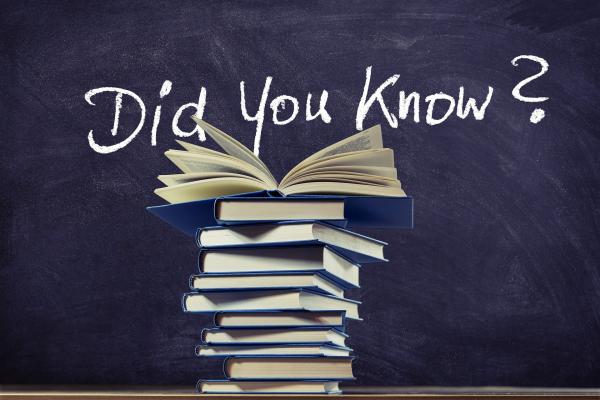“Florigen-regulating genes have been repeatedly modified by breeders in crops as diverse as tomatoes, soybeans, potatoes, beans, strawberries, barley, sugar beet, rice, and wheat. (Through most of history, farmers were doing this type of genetic modification based on appearance alone, with no awareness of what was going on at the molecular level.) Controlling flower production is critical because flowers become fruit; the timing of flowering determines the length of the growing season, and the harvest.”
More and more of our agriculture focuses on mono-crops which makes our food supply vulnerable. As in financial issues, diversity cushions us against deleterious change. Can technology that brought us mono-culture bring us greater diversity? What is an orphan crop? From Nautil.us, New Veggies for a Warming Planet
“By May, 2019, when staff at Hahnemann tried to order basic supplies vendors had begun to turn them down, saying that the hospital hadn’t paid its bills; by summer, conditions were dire. Surgical equipment was broken. The air-conditioning failed. To stretch supplies, nurses cut up the washcloths that they used on patients. Parts for instruments used to intubate patients and deliver intravenous medicine became scarce. It was difficult to find a pacemaker. Medications ran out. Even the FedEx account was cut off. “It happened so quickly and so horribly,” Lorraine Alexander, a senior nurse, told me. “It was heartbreaking to see, and it was also just mind-boggling—the things that were allowed to happen.” “
Private equity tries to save a hospital or just the land beneath. From the New Yorker, The Death of Hahnemann Hospital. While we are on the topic, can you imagine a medical school owned and operated by private equity firms? No need to imagine, there are currently five and there is a bit of a fight in Montana, which has no medical schools and is about to have two, should allow one to be from a private equity firm. From NPR, Once Banned, For-Profit Medical Schools Are On The Rise Again In The U.S.
“As it stands, there is a mismatch between the rules scientists write by compared with those that laymen read by. And given that non-scientists are daily called on to make important decisions on the basis of scientific results, the potential for miscommunication makes possible momentous mistakes. …
What is more, today, scientists often communicate results to each other outside of traditional publication venues. What should we make of the growing influence of “preprints” posted on online archives like medRxiv and bioRxiv? Science journalists are increasingly relying on papers in their reporting that aren’t peer-reviewed, changing the norms of communicating science. As a result, the general public is now engaging directly with COVID-19 research at an unprecedented rate.”
I always love a piece that better articulates my beliefs. From Nautil.us, How to Make Sense of Contradictory Science Papers




